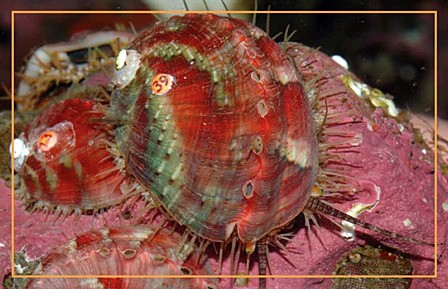The following is from the SeaDoc Society
They may not have had pinto ponies like they did on the Great Plains, but the Coast Salish had a pinto of their own: the pinto abalone. Salish people ate them and valued their iridescent shells for jewelry; they were a valuable trade item for centuries.
Unfortunately, pinto abalone (a.k.a. Northern abalone) are in big trouble. Commercial harvest in British Columbia and recreational fishing in Washington caused the abalone numbers to decline precipitously, forcing the closure of most fisheries by the 1990s. Even with protection, populations of these important herbivores have continued to decline and the species is now in danger of extinction.
Last-ditch efforts to save the pinto abalone include direct intervention. Last fall, biologists from Puget Sound Restoration Fund, University of Washington, Western Washington University and WDFW released thousands of hatchery-reared abalone. Sounds simple, right? Just raise ’em and dump ’em in!
In reality, though, years of research stand behind abalone restoration. In 2006, SeaDoc funded a study to ensure hatcheries bred genetically sound abalone. And in 2007, a SeaDoc project discovered that it pays to grow the abalone larger before release: the larger the introduced animal, the better its chances at survival.
Both projects prove that science is a good investment and the only way to ensure sound restoration efforts. Your donations are helping us save abalone and other marine wildlife in the Salish Sea. Thank you.
If you want to be a part of this effort, make a donation here



